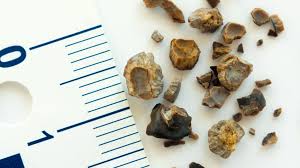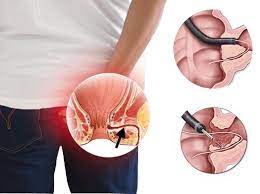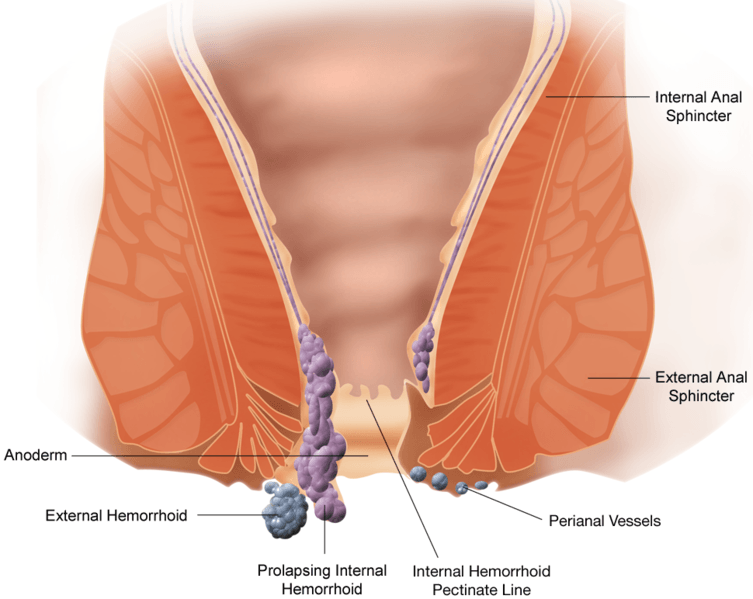Are Small Gall Bladder Stones More Dangerous Than Large Stones?

Gallstones, or gallbladder stones, are a prevalent health issue that afflicts millions of individuals across the planet. These are thickened masses of digestive fluid, which may accumulate in your gallbladder, a small gland found under your liver.
Although gallstones can be tiny grains of sand or larger than a golf ball, many patients tend to ask this question: Are small gallbladder stones more dangerous than big ones?
We are leading professionals in the field of offering information and care to patients with gallbladder problems at Pelvinic under the supervision of Dr. Sandip. This article will discuss the dangers of big and small gallstones and their symptoms, complications, and treatment.
What Are Gallstones?
Gallstones occur in cases of an imbalance in the bile-making substances. The bile is produced by the liver, and it is a digestive secretion. Cholesterol, bile salts, or waste in bile harden to create stones.
- Size: Some are as tiny as a grain of sand, while others grow larger than a golf ball.
- Number: You might have a single large stone or multiple small ones.
- Composition: Most are made of cholesterol, while others are made of bilirubin, a substance produced during the breakdown of red blood cells.
Symptoms of Gallstones
Interestingly, not all gallstones cause symptoms. Many people have silent gallstones, meaning they do not experience any discomfort. However, when gallstones block the bile ducts, symptoms can occur, such as:
- Sudden, intense pain in the upper right abdomen
- Pain radiating to the back or right shoulder
- Nausea and vomiting
- Indigestion and bloating after meals
- Jaundice (yellowing of the skin and eyes) in severe cases
Small Gallstones: Hidden Dangers
Although small gallstones are very tiny, they are sometimes more harmful than large ones. Here’s why:
- Passes Easily into Bile Ducts: Small stones can pass from the gallbladder into the bile ducts and cause obstruction. This may result in severe pain, jaundice, and infections like cholangitis, which can be life-threatening if not treated promptly.
- Risk of Pancreatitis: If a small stone blocks the pancreatic duct, it may lead to gallstone pancreatitis, a dangerous condition that inflames the pancreas and requires emergency care.
- Harder to Detect: Small stones can be overlooked in regular imaging tests, delaying diagnosis and treatment. Patients may experience unexplained abdominal pain until a thorough examination is conducted.
Due to these factors, physicians such as Dr. Sandip at Pelvinic closely observe patients with small gallstones and prescribe treatment when the chances of complications are high.
Large Gallstones: Slow but Risky
Large gallstones, while easier to detect, come with their own set of concerns:
- Chronic Pain: Large stones tend to stay in the gallbladder, causing intermittent or chronic abdominal pain. This pain may not be as sudden as that caused by small stones but can affect quality of life.
- Gallbladder Inflammation: Big stones can irritate the gallbladder walls, leading to cholecystitis, an inflammation that can become severe if untreated. This often requires surgical removal of the gallbladder.
- Rare Complications: While large stones are less likely to move into the bile ducts, they can sometimes cause blockage at the gallbladder neck, leading to jaundice or bile duct infections.
In general, large stones are less likely to cause sudden emergencies compared to small stones, but their long-term impact can still be serious.
Treatment Options for Gallstones
Treatment depends on the size of the stones, symptoms, and risk of complications. Common approaches include:
- Watchful Waiting: If small gallstones are not causing symptoms, doctors may recommend observation with regular check-ups, ultrasounds, and blood tests to monitor for changes or complications.
- Medications: Certain drugs may help dissolve cholesterol-based gallstones, but this process is slow and not all stones respond. There is also a risk of recurrence after stopping medication.
- Surgery (Cholecystectomy): Surgical removal of the gallbladder is the most effective treatment for symptomatic or complicated gallstones. Laparoscopic surgery is common, with minimal incisions and quick recovery.
- Endoscopic Procedures: If a gallstone moves into the bile or pancreatic ducts, an ERCP (endoscopic retrograde cholangiopancreatography) can be used to remove the stone without surgery.
Lifestyle Changes to Prevent Gallstones
Even after treatment, preventing future gallstones is important. Simple lifestyle changes include:
- Eat a diet rich in fibre, fruits, and vegetables. Limit fatty and fried foods.
- Maintain a healthy weight and avoid rapid weight loss.
- Drink plenty of water to keep bile fluid and reduce stone formation.
- Eat regular meals to prevent bile from becoming concentrated.
These habits can reduce the risk of gallstone recurrence and improve overall digestive health.
When to See a Doctor
Seek immediate medical attention if you experience:
- Sudden, severe abdominal pain
- Persistent nausea or vomiting
- Yellowing of the skin or eyes
- High fever with chills
At Pelvinic, patients can consult Dr. Sandip for expert evaluation, diagnosis, and treatment of gallstones. Early intervention can prevent serious complications and improve quality of life.
Conclusion
The presence of gallstones is common, and both small and large stones have their risks. Although large stones usually lead to chronic discomfort, small stones may be more harmful since they are easily transported into the bile ducts or pancreatic ducts and cause abrupt complications.
Safe management of gallstones involves early diagnosis, close observation, and timely treatment. With advanced care from Dr. Sandip at Pelvinic, patients can avoid severe complications and achieve relief.
If you experience abdominal pain or have been diagnosed with gallstones, do not delay. Visit Pelvinic today for expert guidance and treatment tailored to your needs.



